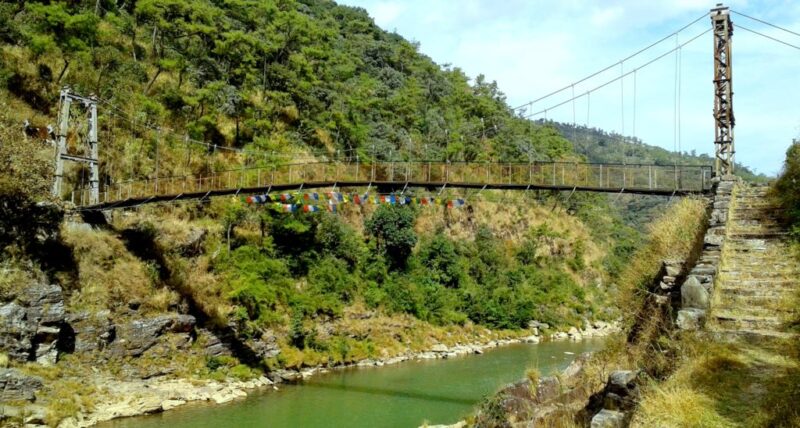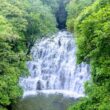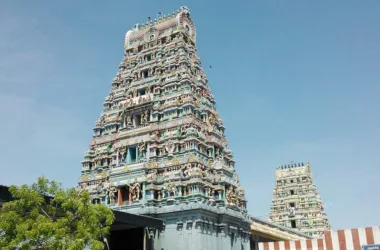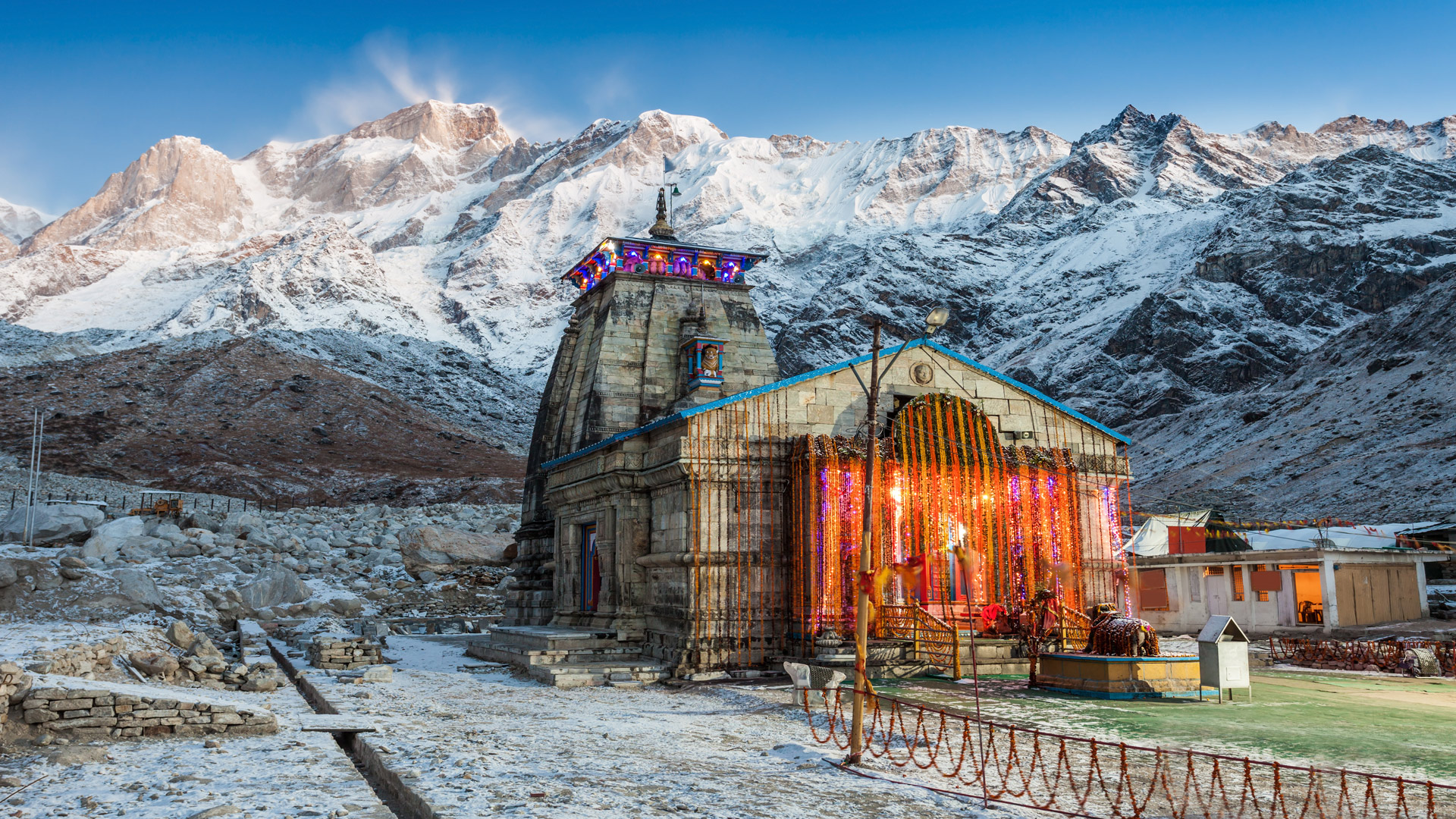Are you a nature enthusiast looking for a thrilling hiking experience? Look no further than the David Scott Trail! Located in Meghalaya, India, this trail offers breathtaking views, lush green landscapes, and an opportunity to connect with nature like never before. In this article, we will take you on a virtual journey along the David Scott Trail, exploring its highlights, challenges, and everything you need to know to embark on this remarkable adventure.
Table of Contents
- Introduction
- Historical Significance of the David Scott Trail
- Starting Point: Mawphlang to Lad Mawphlang
- Trekking through the Dense Forests
- Exploring the Abundant Flora and Fauna
- Crossing the Kyllang Rock and the Umsiang River
- Cherrapunjee: The Land of Living Root Bridges
- Balancing Rocks and Serene Waterfalls
- Nongkhnum Island: Asia’s Second Largest River Island
- Chit Chatting with the Locals: Immersion in Khasi Culture
- Experiencing the Monsoon Magic
- Wildlife Encounters and Birdwatching
- Awe-inspiring Sunsets at Dawki
- Preparing for the Trail: Tips and Essentials
- Conclusion
1. Introduction
The David Scott Trail is a historic route named after David Scott, a British administrator who played a significant role in the development of the region. This trail stretches over 16 kilometers, offering an exciting adventure through Meghalaya’s picturesque landscapes. Whether you’re an avid hiker or simply seeking a memorable experience, the David Scott Trail has something for everyone.
2. Historical Significance of the David Scott Trail
The trail follows the path that David Scott took during his time as the British East India Company’s political agent in the early 1800s. It was an essential route for trade between Assam and Bangladesh. Today, it serves as a remarkable testament to the region’s historical significance and provides hikers with an opportunity to explore the rich heritage of Meghalaya.
3. Starting Point: Mawphlang to Lad Mawphlang
Our journey begins at Mawphlang, a quaint village known for its sacred grove and ancient monoliths. As you set foot on the trail, you’ll be greeted by a serene ambiance and the melodious chirping of birds. The first leg of the hike takes you from Mawphlang to Lad Mawphlang, covering approximately 5 kilometers.
4. Trekking through the Dense Forests
Leaving Lad Mawphlang behind, the trail delves deeper into the dense forests of Meghalaya. The lush greenery envelops you, creating a sense of tranquility and peace. The trail is well-marked, making it accessible for both beginners and experienced hikers.
5. Exploring the Abundant Flora and Fauna
Meghalaya is renowned for its biodiversity, and the David Scott Trail offers an opportunity to witness this firsthand. As you traverse the path, you’ll encounter a variety of plant species, including orchids, ferns, and medicinal herbs. Keep an eye out for colorful butterflies and unique bird species that call this region home.
6. Crossing the Kyllang Rock and the Umsiang River
One of the trail’s highlights is crossing the famous Kyllang Rock, a massive granite rock formation offering panoramic views of the surrounding landscapes. The Umsiang River accompanies you on this section of the hike, adding to the trail’s charm. Take a moment to soak in the beauty of the cascading waterfalls and the rhythmic sound of flowing water.
7. Cherrapunjee: The Land of Living Root Bridges
As you continue along the David Scott Trail, you’ll reach Cherrapunjee, a place synonymous with rain and natural wonders. This region is home to living root bridges, an ingenious marvel of bioengineering created by the locals. These bridges, formed by intertwining the aerial roots of rubber trees, are not only functional but also a sight to behold.
8. Balancing Rocks and Serene Waterfalls
The trail surprises you with fascinating geological formations along the way. Balancing rocks, precariously perched on top of one another, showcase nature’s artistic prowess. Serene waterfalls cascade down the hills, creating a soothing ambiance and providing an opportunity to rejuvenate amidst nature’s symphony.
9. Nongkhnum Island: Asia’s Second Largest River Island
As you approach the end of the trail, you’ll reach Nongkhnum Island, a hidden gem tucked away in the bosom of the Khasi Hills. This island, formed by the bifurcation of the Kynshi River, is the second largest river island in Asia. Enjoy the pristine sandy beaches, take a dip in the refreshing waters, or simply bask in the tranquility that surrounds you.
10. Chit Chatting with the Locals: Immersion in Khasi Culture
One of the most enriching aspects of the David Scott Trail is the opportunity to interact with the local Khasi people. Known for their warm hospitality and vibrant culture, the Khasis welcome visitors with open arms. Engage in conversations, savor traditional delicacies, and gain insights into their way of life.
11. Experiencing the Monsoon Magic
Meghalaya, aptly named the “Abode of Clouds,” experiences heavy rainfall, especially during the monsoon season. Hiking the David Scott Trail during this time offers a unique experience as the landscape transforms into a mystical paradise. The lush green valleys, mist-shrouded hills, and cascading waterfalls create an ethereal ambiance that will leave you spellbound.
12. Wildlife Encounters and Birdwatching
Nature enthusiasts will be delighted by the diverse wildlife inhabiting the region. Keep your eyes peeled for langurs, barking deer, and various species of birds that add life and vibrancy to the trail. Birdwatchers will have a field day spotting endemic and migratory bird species, making the journey even more captivating.
13. Awe-inspiring Sunsets at Dawki
As the trail nears its end, it takes you to Dawki, a small town located on the Indo-Bangladesh border. Dawki is famous for its crystal-clear Umngot River, where boating and swimming are popular activities. Witnessing the breathtaking sunset over the Umngot River is an experience that will etch itself into your memory forever.
14. Preparing for the Trail: Tips and Essentials
Before embarking on the David Scott Trail, it’s crucial to be well-prepared. Here are some tips and essentials to ensure a safe and enjoyable hiking experience:
- Check weather conditions and plan your trip accordingly.
- Wear comfortable and sturdy hiking shoes.
- Carry a backpack with essentials such as water, snacks, a first-aid kit, and a raincoat.
- Inform someone about your itinerary and expected return time.
- Respect the environment and follow Leave No Trace principles.
15. Conclusion
The David Scott Trail is a captivating journey that immerses you in Meghalaya’s natural and cultural wonders. From dense forests and majestic waterfalls to living root bridges and vibrant local communities, every step on this trail unravels a new facet of this enchanting region. So, lace up your hiking boots, pack your curiosity, and embark on this unforgettable adventure along the David Scott Trail.
Similar Articles
FAQs
1. How long does it take to complete the David Scott Trail?
The average duration to complete the David Scott Trail is around 2 to 3 days, depending on your pace and the time spent exploring the attractions along the trail.
2. Is the David Scott Trail suitable for beginners?
Yes, the David Scott Trail is suitable for beginners. However, it’s important to have a basic level of fitness and prepare adequately for the hike.
3. Are there accommodation options along the trail?
While there are no accommodations directly on the trail, nearby towns like Cherrapunjee and Dawki offer a range of lodging options for hikers.
4. What is the best time to hike the David Scott Trail?
The best time to hike the David Scott Trail is during the months of October to May when the weather is pleasant and rainfall is relatively low.
5. Can I hire a guide for the David Scott Trail?
Yes, hiring a local guide is recommended, especially for those unfamiliar with the region. They can provide valuable insights, ensure your safety, and enhance your overall experience.
Get ready to embark on an incredible adventure along the David Scott Trail. Immerse yourself in the captivating landscapes, delve into the region’s history, and connect with nature in its purest form. Lace-up your boots, and get ready to create memories that will last a lifetime.









